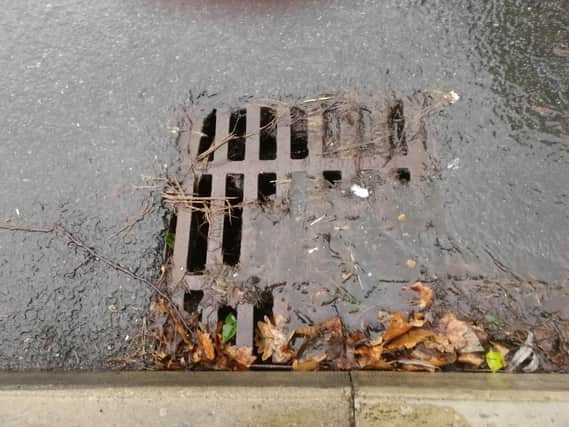Is enough being done to keep Lancashire's gullies unblocked?


The move would coincide with the outsourcing of some of Lancashire County Council’s gulley-cleaning capacity to a private company.
A meeting of the authority’s internal scrutiny committee heard that the current in-house teams sometimes have to return on several occasions to the same streets because they are unable to gain access to the drainage features first time round.
Advertisement
Hide AdAdvertisement
Hide AdSenior highways engineer Rob Wilson said staff “clearly can’t go back indefinitely”.
“Quite often on the second visit [we] will be successful. But where there is an obvious issue and there are cars parked down the full length of the street, we will use the most appropriate ways to move the vehicles – that might be leafleting or putting signs up,” he explained.
The new arrangements will see the routine cleaning of gullies carried out by the new contractor, while County Hall will retain a smaller team of its own – along with six vehicles – to react to immediate problems as they occur. The committee heard that the system would allow the authority to make the best use of its knowledge and experience in dealing with the most complex issues.
But several members raised concerns over how the current set-up is working – with calls for more preventative action and a bigger budget.
Advertisement
Hide AdAdvertisement
Hide AdCounty Cllr John Fillis said that increased road sweeping should be “the first line of defence” against grids becoming blocked in the first place.
Cabinet member for highways Keith Iddon said that he hoped to work that into the new system when it starts.
But Chorley Central member Steve Holgate said that operatives were dealing only with reported blockages even when there was evidence of other problems nearby – which was not in the spirit of the council’s policy to assess all gullies within 200 metres of the one being attended to.
“They ought to be flexible – and I’ve had a number of constituents bouncing off the wall saying that is not what happens. We need to make sure the reality reflects the policy,” said County Cllr Holgate.
Advertisement
Hide AdAdvertisement
Hide AdCounty Cllr David Whipp also said that the annual budget for gulley cleaning had been set at half a million pounds “for donkey’s years” – and did not meet the needs of the county.
“What are we doing about areas where the gulley has been completely and utterly covered, because the vegetation has built up? They obviously haven’t been touched for many years,” he said.
County Cllr Iddon said that he brought the matter to the attention of the cabinet member for finance.
Gullies in Lancashire are split into three categories which determines how often they are inspected and cleared. The highest priority is given to the busiest routes, where more debris is likely to build up – these are done every year. Others receive attention every two years and the remainder are paid a visit only when a problem is identified.
Advertisement
Hide AdAdvertisement
Hide Ad“Some of these gullies are unlikely to get filled in 20 years, so going round every year emptying them every year [as was previously the case] is not the best use of our resources,” said Mr. Wilson.
IN NUMBERS
292,030 – number of gullies in Lancashire
3,509 – highway flooding incidents reported in Lancashire (2018/19)
139 – highway-related property flooding ioncients in Lancashire (2018/19)
Comment Guidelines
National World encourages reader discussion on our stories. User feedback, insights and back-and-forth exchanges add a rich layer of context to reporting. Please review our Community Guidelines before commenting.